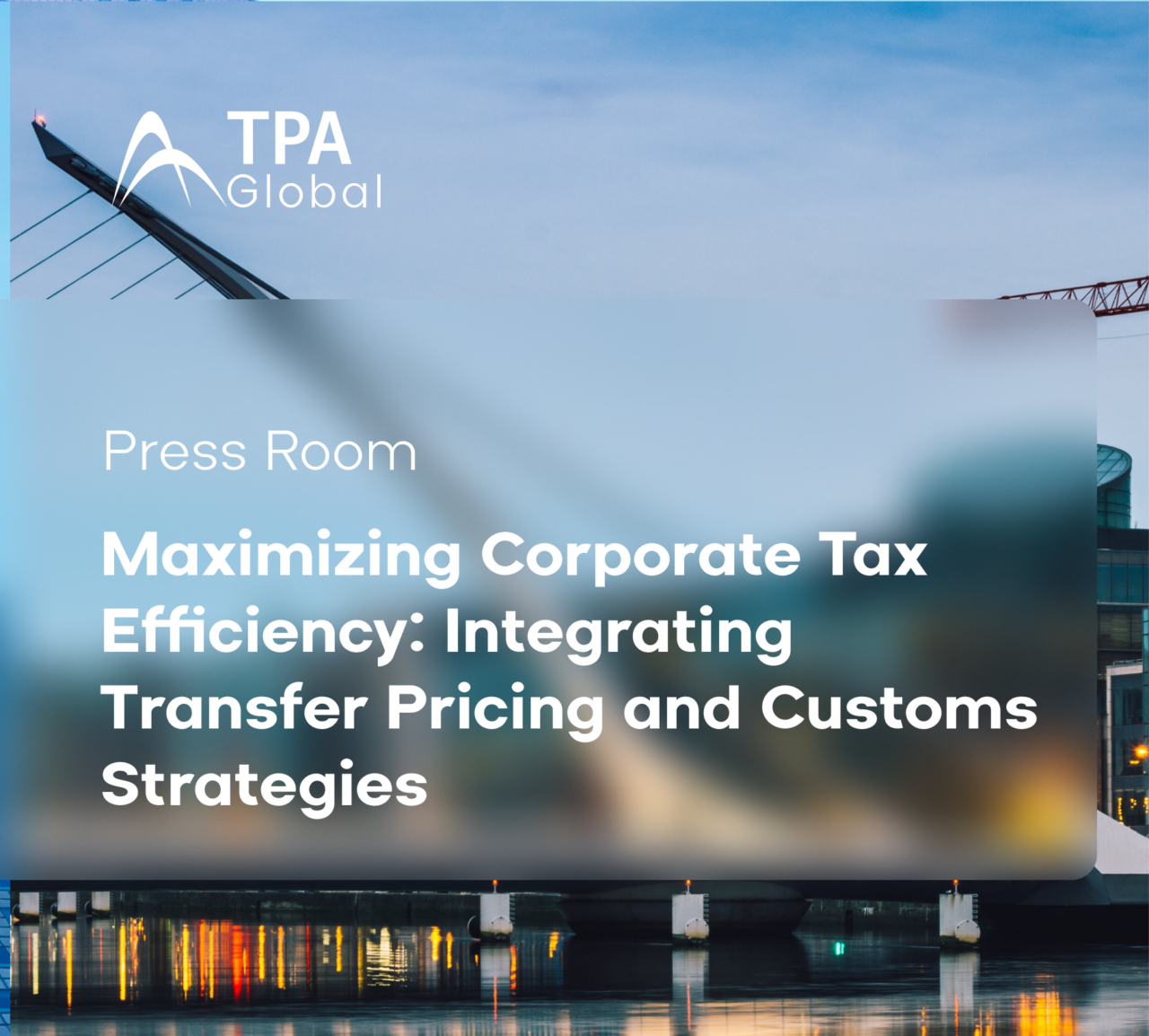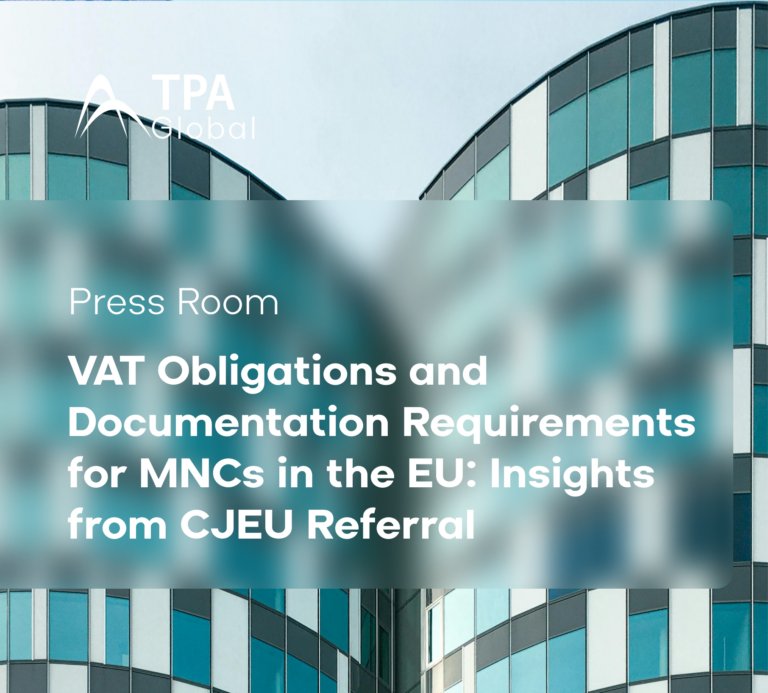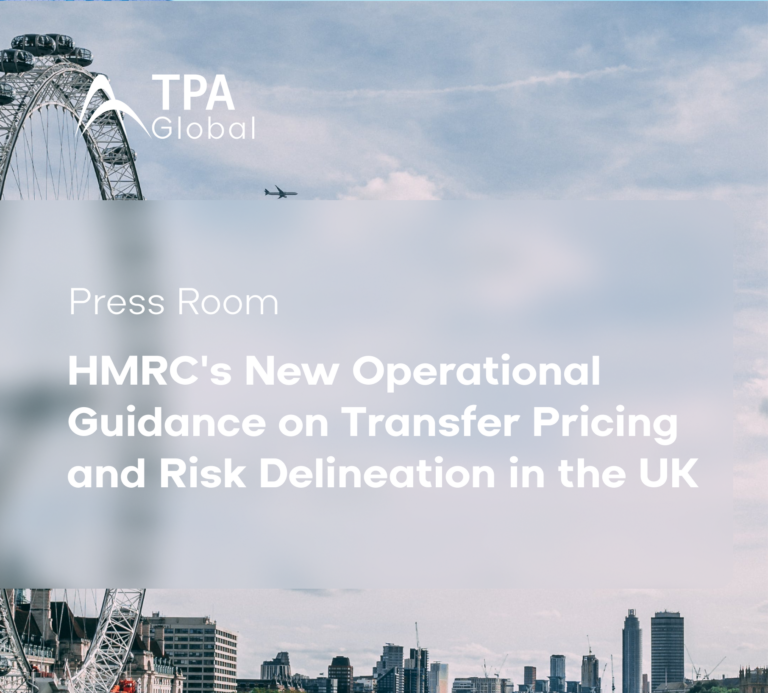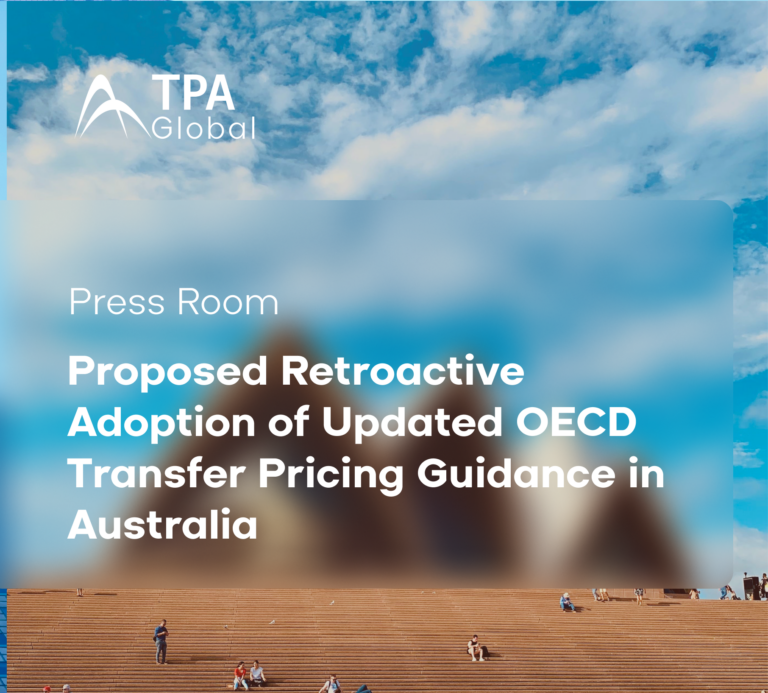Introduction:
In today’s global business environment, multinational corporations (MNCs) face nuanced challenges in navigating cross-border transactions. These transactions, spanning the exchange of goods, services, and intangible assets, highlight the critical intersection of transfer pricing and customs valuation, essential components in optimizing corporate tax efficiency.
Understanding the Strategic Nexus:
Effective tax management demands an understanding of the interplay between transfer pricing and customs valuation. Changes in transfer pricing methodologies can trigger significant implications for customs duties, necessitating a holistic approach to regulatory compliance and strategic planning.
Transfer Pricing Regulations:
Transfer pricing regulations, rooted in OECD guidelines, aim to ensure that transactions between related entities are conducted at arm’s length. Common methods include Comparable Uncontrolled Price (CUP), Resale Price Method, Cost Plus Method, Profit Split Method, and Transactional Net Margin Method (TNMM). Each method has its applicability and intricacies, and MNCs must carefully choose the most suitable approach based on their specific circumstances.
Customs Valuation Rules:
Customs authorities focus on accurately assessing import duties, often scrutinizing the declared value of goods. The WTO’s Agreement on Customs Valuation mandates the use of transaction value as the primary basis for customs valuation. However, challenges arise in related-party transactions, where customs authorities may question whether the declared value reflects the true market value, leading to the adoption of alternative valuation methods.
Challenges and Solutions:
The symbiotic relationship between transfer pricing and customs valuation presents multifaceted challenges for MNCs. Differing objectives, regulatory overlaps, and the administrative burden of documentation pose hurdles. MNCs must maintain extensive documentation to justify their transfer pricing policies and ensure compliance with customs regulations. Proactive engagement with tax and customs authorities, coupled with the strategic utilization of tax technology, is essential for navigating these challenges effectively.
Conclusion:
In an era of heightened regulatory scrutiny and evolving business landscapes, the integration of transfer pricing and customs strategies is paramount for corporate tax efficiency. TPA strives to empower clients with comprehensive solutions, combining expertise, strategic insight, and technological innovation to navigate regulatory complexities effectively and ensure compliance. We provide tailored assistance to optimize tax strategies, minimize risks, and unlock value, empowering clients to achieve sustained success and profitability in the global economy.
To keep updated on news, visit our Global News Page.
Don’t miss our most recent updates and articles; follow us on LinkedIn.



